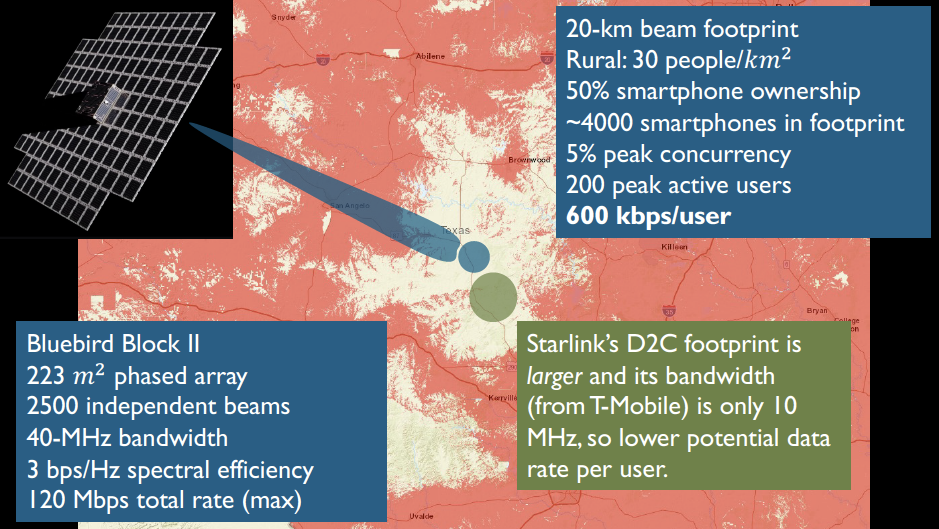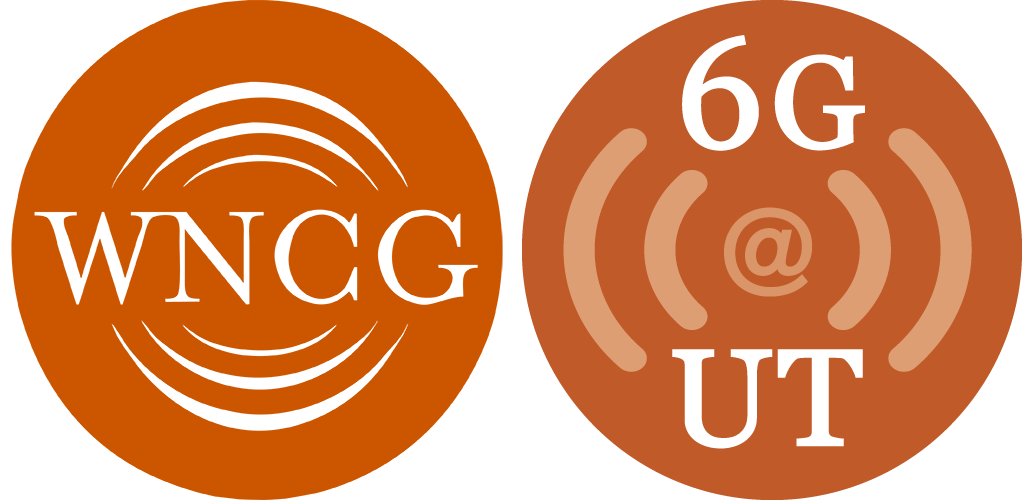
Over the past six years, the number of low-Earth orbit (LEO) satellites has skyrocketed — led by SpaceX’s Starlink, now with over 7,000 active satellites, and followed by efforts like Eutelsat’s OneWeb and Amazon’s Project Kuiper. These new constellations are reshaping global Internet access while also enabling advances in navigation, emergency communication, and infrastructure resilience. Unlike geostationary and medium-Earth-orbit (MEO) satellites, LEO systems orbit just a few hundred kilometers above Earth, allowing for stronger signals, lower latency, and higher data rates. Instead of bulky parabolic dishes, users connect via flat phased-array terminals that electronically steer signals to track fast-moving satellites across the sky.
LEO satellite systems are already having a tangible global impact, especially in underserved and crisis-prone areas. From rural Alaska to sub-Saharan Africa, they’re providing high-speed Internet where fiber and towers can’t reach. In Ukraine, Starlink terminals helped restore communication for government agencies and aid workers after terrestrial networks were disrupted. In rural South America, telemedicine services are reaching remote communities, while California wildfire responders have used mobile units to maintain connectivity when local infrastructure was down.

The next major leap in satellite connectivity is Direct-to-Cell (D2C) communication, which allows ordinary smartphones to connect directly to satellites — no external terminals or dishes required. In early 2024, SpaceX and T-Mobile began testing D2C service with text messaging as the initial offering, and data services expected to follow. Meanwhile, AST SpaceMobile made headlines by completing the first two-way voice call from a standard smartphone to a satellite in orbit.
At the 2025 6G@UT Forum at UT Austin, WNCG Director Todd Humphreys explored the promise and limitations of this emerging technology. He emphasized that while D2C could dramatically expand global connectivity, especially in underserved and remote regions, there are technical, regulatory, and economic constraints that currently limit its performance.
“Starlink’s and AST’s D2C offerings, as planned, will not be broadband,” said Humphreys. “They will only exceed 3G rates under special circumstances — but they will nonetheless be revolutionary.” A full recording Humphreys’ talk, “The Science and Strategy behind D2C,” can be viewed on the 6G@UT Forum website, as can the accompanying slides.
These modest data rates may still have transformative real-world applications. In situations like disaster response, where cellular infrastructure may be destroyed or unavailable, basic connectivity through satellites could be life-saving. For example, a coastal community cut off by a hurricane could still send messages or access emergency services using nothing more than a regular smartphone.

Beyond broadband, LEO satellite constellations offer a compelling new utility: a backup for Global Positioning System (GPS) and Global Navigation Satellite System (GNSS).
Modern infrastructure — from power grids to financial markets to autonomous vehicles — depends on precise Positioning, Navigation, and Timing (PNT) data. But GPS, the backbone of these services, is vulnerable to jamming and spoofing — particularly in military zones, dense cities, or during cyberattacks. These vulnerabilities spurred three 6G@UT and Aerospace Engineering PhD students advised by Humphreys to investigate how LEO constellations could meet this need — even though they weren’t originally designed for it.
- In his award-winning paper, Sam Morgan has found that it's possible to get sub-meter accurate positioning from the Starlink LEO constellation without any direct cooperation from SpaceX (read the full paper here)
- Similarly, Zacharias Komodromos’ research produced accuracies within a few meters using the OneWeb constellation (read the full paper here)
- Wenkai Qin’s paper illustrates how advanced signal processing, such as super-resolution techniques, may further improve accuracy to the centimeter level in the near future (read the full paper here)
These additional capabilities could enhance autonomous vehicle safety, ensure timing integrity for power grids and financial systems, and serve as a resilient PNT fallback during GNSS outages.
LEO constellations are more than just an upgrade to global Internet. They represent a new layer of infrastructure in Earth’s orbit — one that supports connectivity, resilience, and autonomy in an increasingly digital and geopolitically complex world. As more constellations go live, like the EU’s IRIS² and China’s Guowang system, the conversation will shift from “if” to “how” we integrate these systems into the broader fabric of our daily lives.

